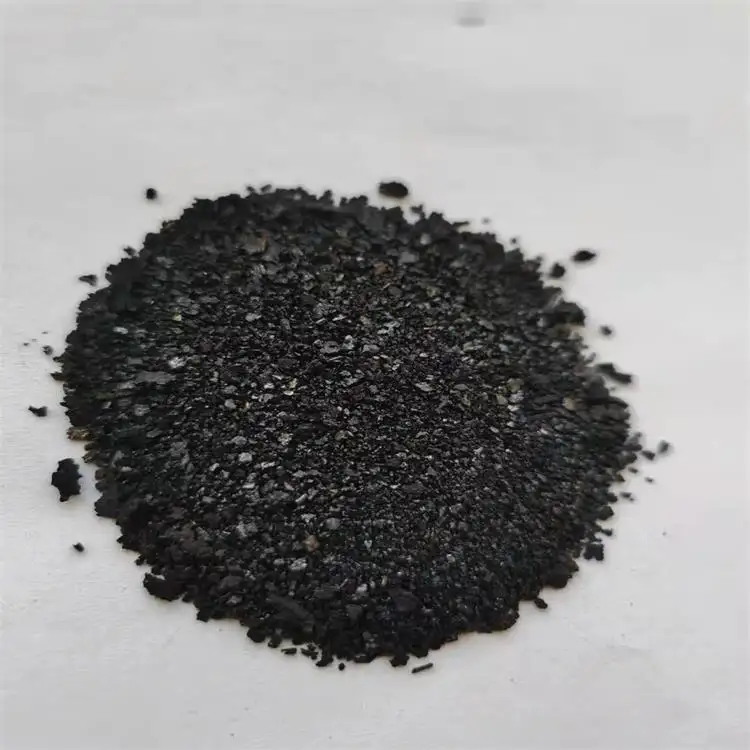Exploring the Finest Natural Indigo Pigments for Sustainable Dyeing Practices
Best Natural Indigo Pigment A Vibrant Legacy
Indigo, one of the oldest dyes known to humanity, has a rich and vibrant history that spans thousands of years. Derived from the Indigofera plant, this natural pigment has been used in various cultures for dyeing fabrics and creating vibrant colors in art and textiles. In recent years, there has been a revival of interest in natural indigo due to its eco-friendly properties and the unique qualities it brings to fabrics and artworks.
The Origins of Indigo
The use of indigo can be traced back to ancient civilizations, such as the Egyptians, who used it for textiles and body paint. Similarly, in India and East Asia, indigo has been an integral part of traditional dyeing practices. The indigo dye is derived from the leaves of the Indigofera plant, predominantly found in tropical regions. The leaves are harvested, fermented, and oxidized to produce a rich blue color. Unlike synthetic dyes, which often involve harmful chemicals, natural indigo is biodegradable and safe for both the environment and the skin.
The Process of Extraction
Extracting indigo dye from the Indigofera plant is an art form in itself. The process begins with collecting fresh leaves, which are then fermented in water. This fermentation process breaks down the plant’s cellular structure, releasing compounds that react with oxygen to create the indigo color. Once the fermentation is complete, the liquid is aerated, allowing the indigo to precipitate out. The resulting pigment can be dried and ground into a fine powder, ready to be used for dyeing or painting.
Advantages of Natural Indigo
best natural indigo pigment

One of the most significant benefits of natural indigo is its environmental impact. Unlike synthetic dyes, which are often petroleum-based and can contaminate water supplies, natural indigo is a sustainable choice. The cultivation of indigo plants can also support biodiversity and promote sustainable farming practices. Additionally, natural indigo offers a unique depth and richness of color that is difficult to replicate with synthetic alternatives.
Natural indigo also has a unique aesthetic quality. The color can shift depending on the technique used, whether it be shibori, tie-dye, or resist dyeing. These techniques allow artisans to create one-of-a-kind patterns and textures, giving each piece a personal touch. Natural indigo textiles often gain character with wear, developing a beautiful patina that tells a story of their journey.
The Modern Renaissance of Indigo
Today, there is a growing movement towards sustainable and ethical fashion, leading many designers and artisans to rediscover the beauty of natural indigo. Independent dyers and textile artists are leveraging traditional techniques to create modern designs that pay homage to their cultural roots. This resurgence not only promotes environmental consciousness but also supports traditional crafts and local economies.
In addition to fashion, natural indigo is finding applications in various artistic mediums. Painters, printmakers, and textile artists are increasingly using indigo pigments to create stunning works that draw on the historical significance of this color. Workshops and classes are popping up around the world, teaching the ancient techniques of indigo dyeing and allowing people to connect with this time-honored tradition.
Conclusion
Natural indigo pigment is more than just a color; it embodies a legacy of artistry, cultural heritage, and environmental sustainability. As we move towards more conscious consumption, embracing natural indigo offers a chance to reconnect with our history and make choices that are better for the planet. Whether in fashion, art, or textiles, the best natural indigo pigment serves as a testament to the beauty of tradition and innovation intertwined. By choosing natural indigo, we celebrate not only its vibrant hue but also the stories and artisans behind it, ensuring that this ancient craft continues to thrive in the modern world.
-
The Timeless Art of Denim Indigo Dye
NewsJul.01,2025
-
The Rise of Sulfur Dyed Denim
NewsJul.01,2025
-
The Rich Revival of the Best Indigo Dye
NewsJul.01,2025
-
The Enduring Strength of Sulphur Black
NewsJul.01,2025
-
The Ancient Art of Chinese Indigo Dye
NewsJul.01,2025
-
Industry Power of Indigo
NewsJul.01,2025
-
Black Sulfur is Leading the Next Wave
NewsJul.01,2025

Sulphur Black
1.Name: sulphur black; Sulfur Black; Sulphur Black 1;
2.Structure formula:
3.Molecule formula: C6H4N2O5
4.CAS No.: 1326-82-5
5.HS code: 32041911
6.Product specification:Appearance:black phosphorus flakes; black liquid

Bromo Indigo; Vat Bromo-Indigo; C.I.Vat Blue 5
1.Name: Bromo indigo; Vat bromo-indigo; C.I.Vat blue 5;
2.Structure formula:
3.Molecule formula: C16H6Br4N2O2
4.CAS No.: 2475-31-2
5.HS code: 3204151000 6.Major usage and instruction: Be mainly used to dye cotton fabrics.

Indigo Blue Vat Blue
1.Name: indigo blue,vat blue 1,
2.Structure formula:
3.Molecule formula: C16H10N2O2
4.. CAS No.: 482-89-3
5.Molecule weight: 262.62
6.HS code: 3204151000
7.Major usage and instruction: Be mainly used to dye cotton fabrics.

